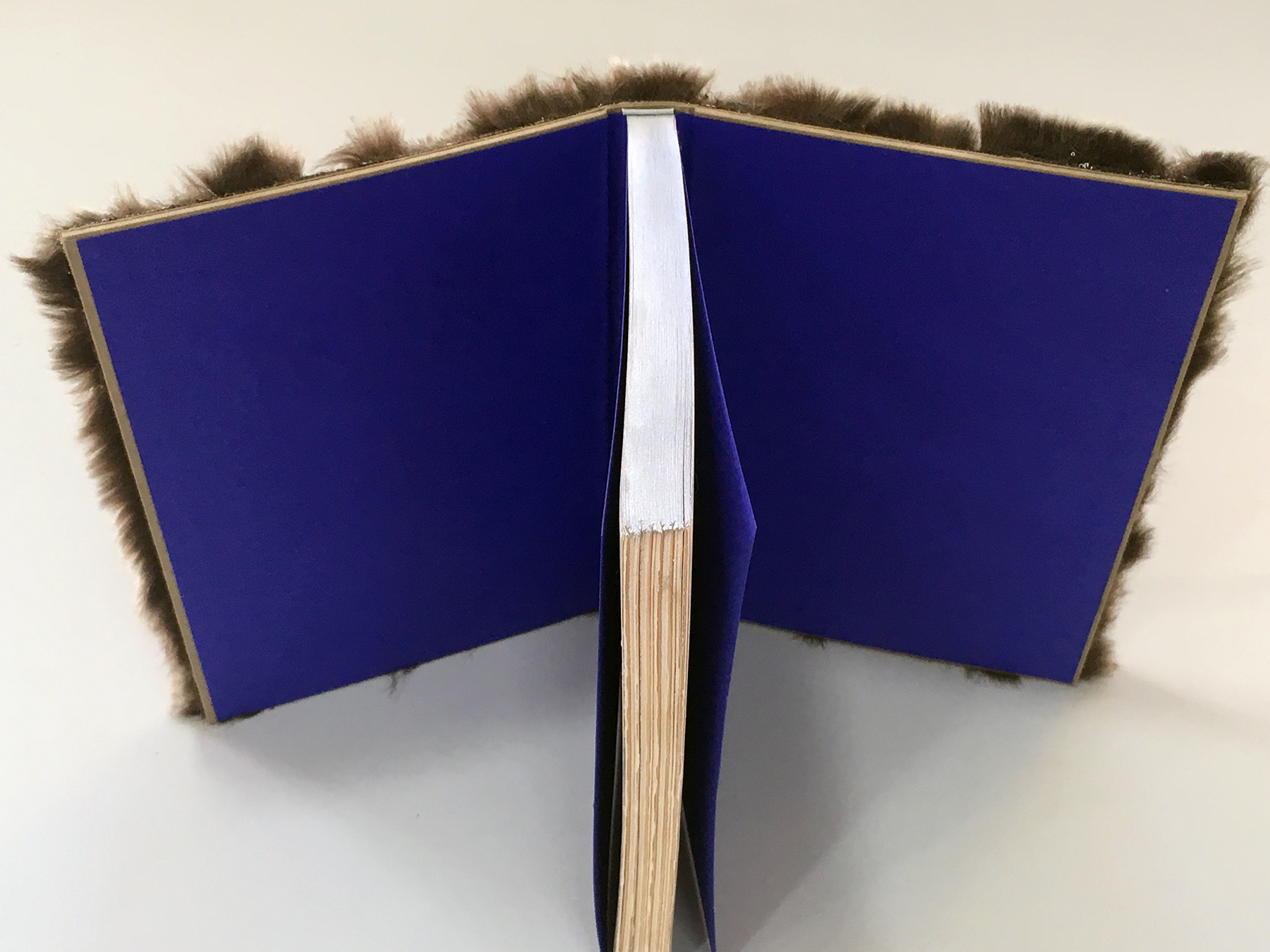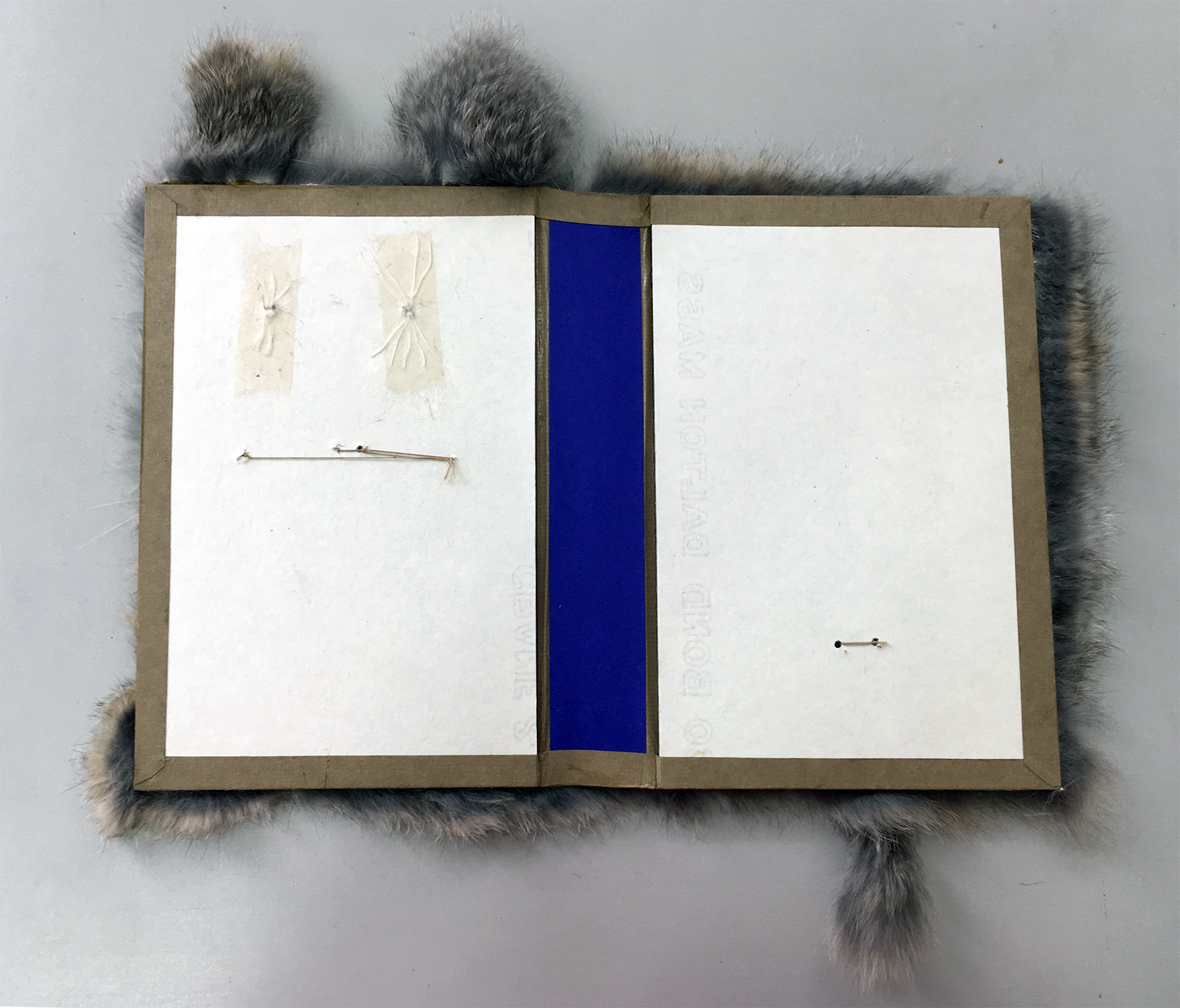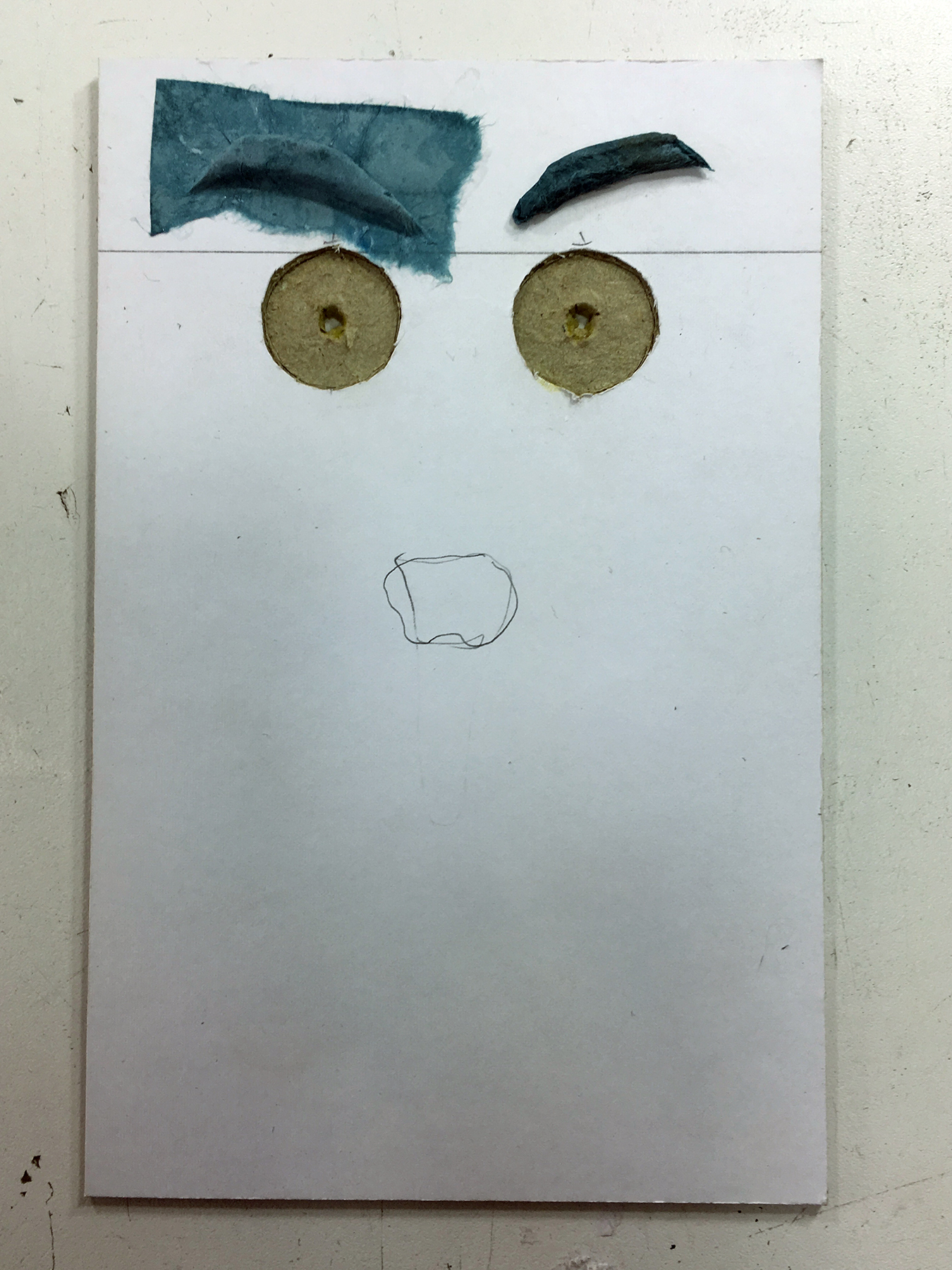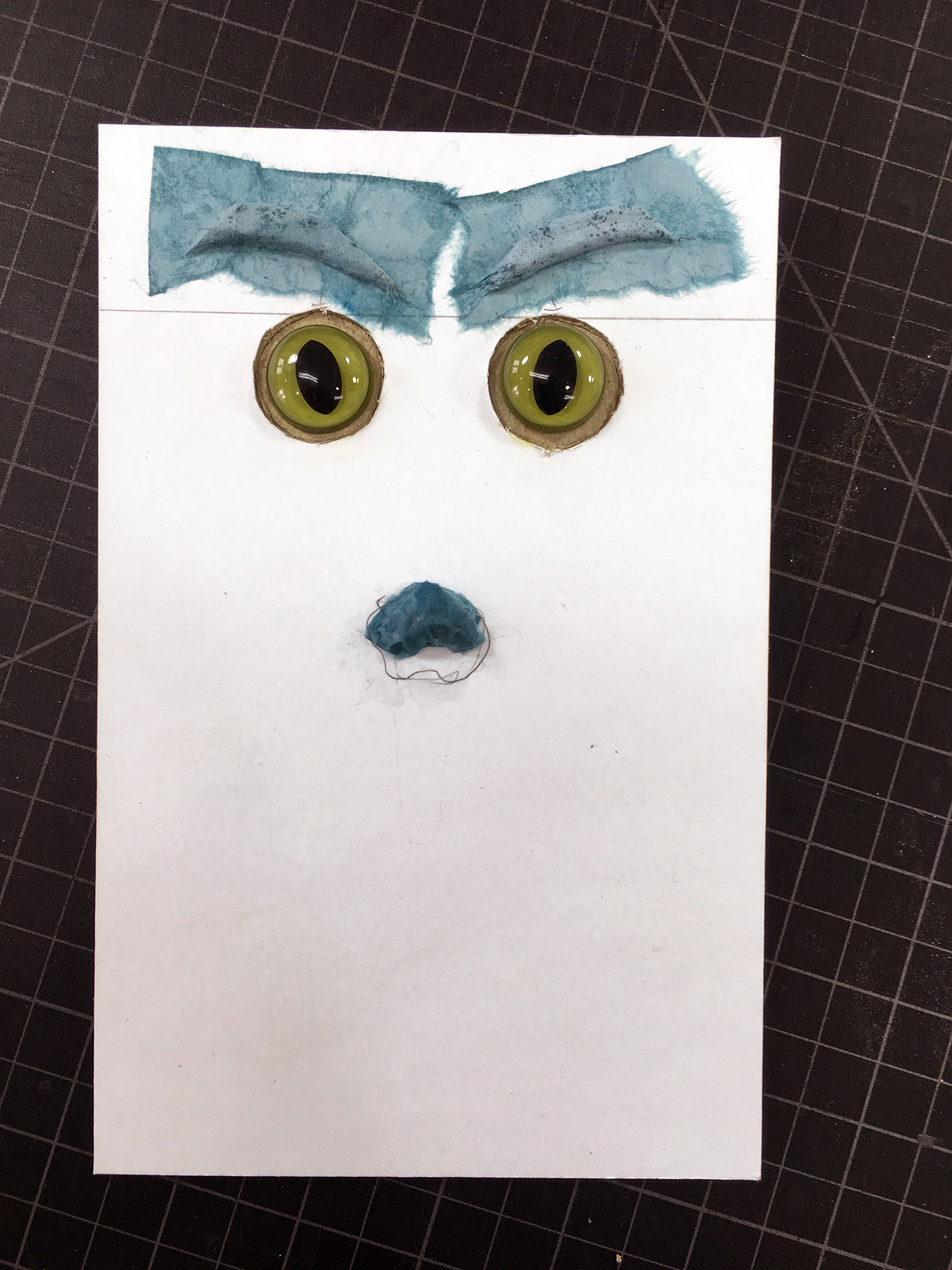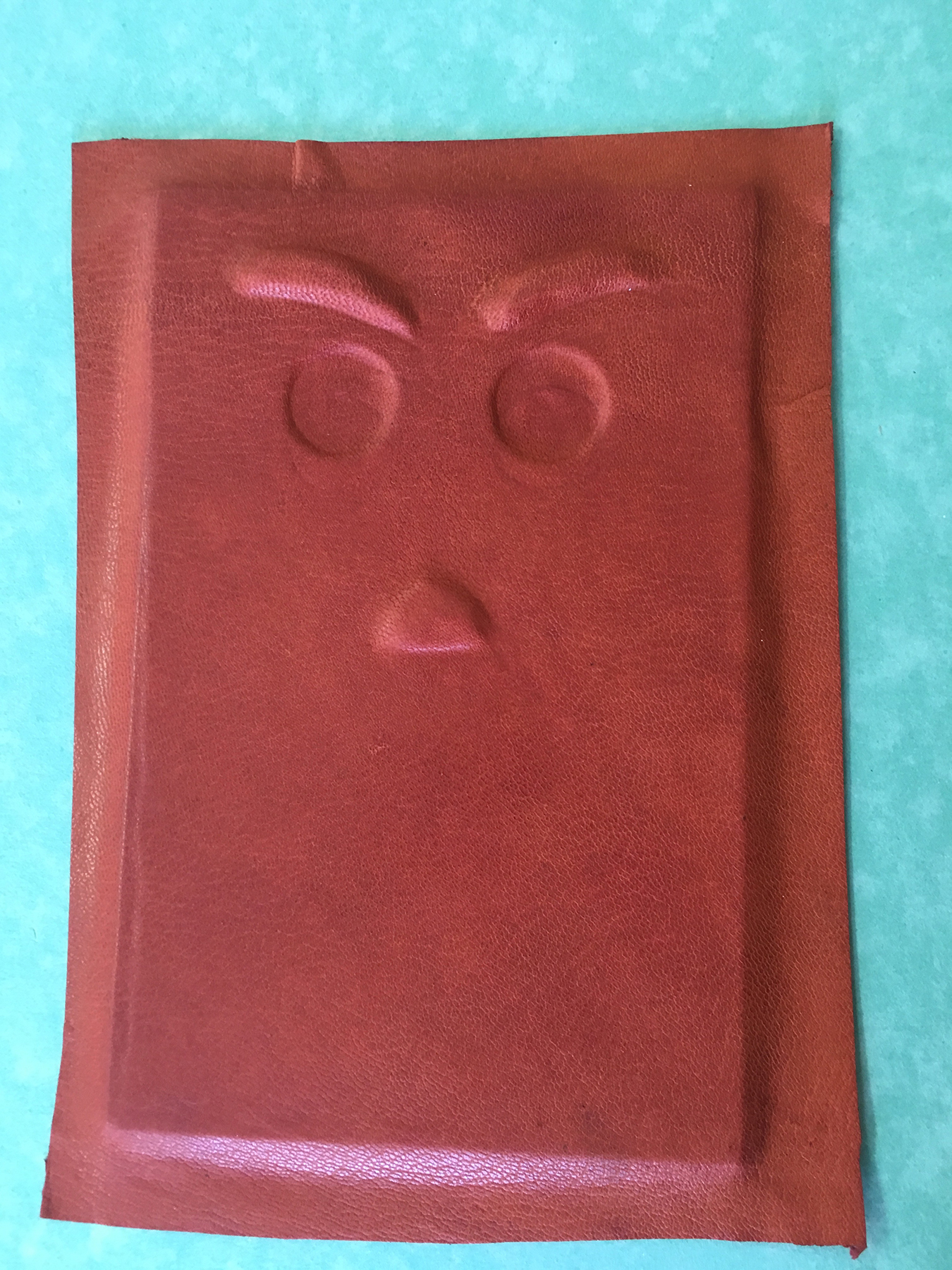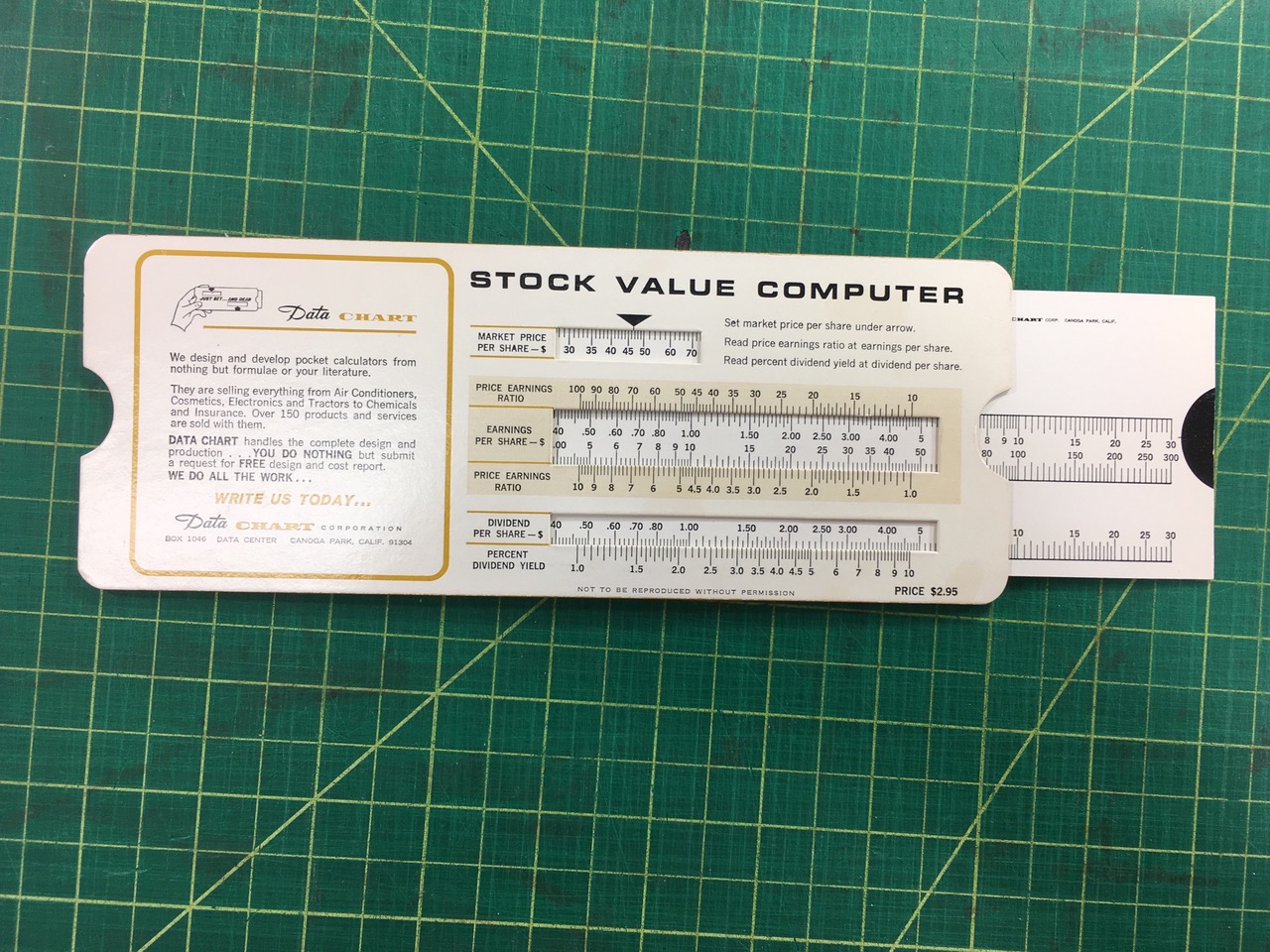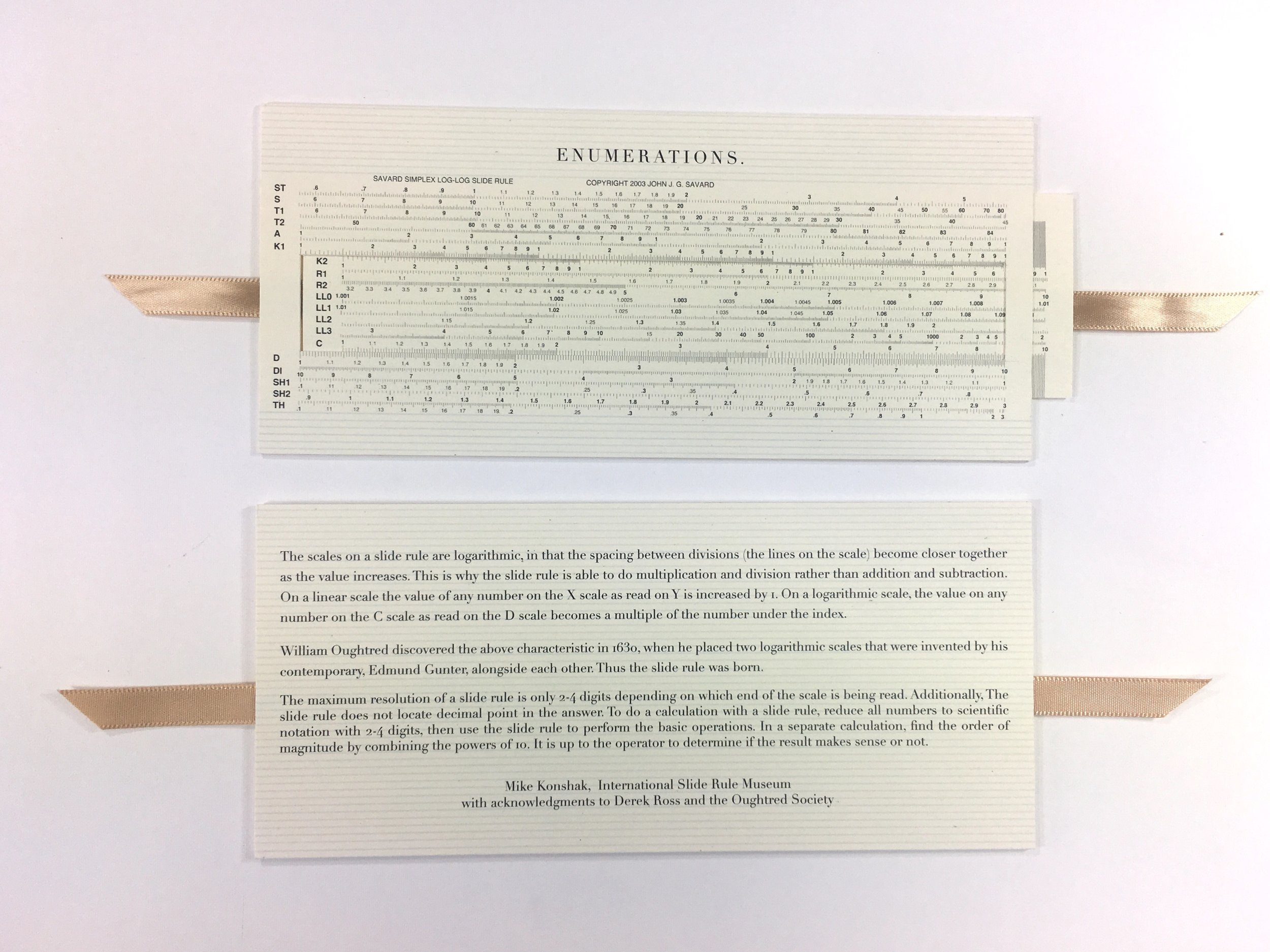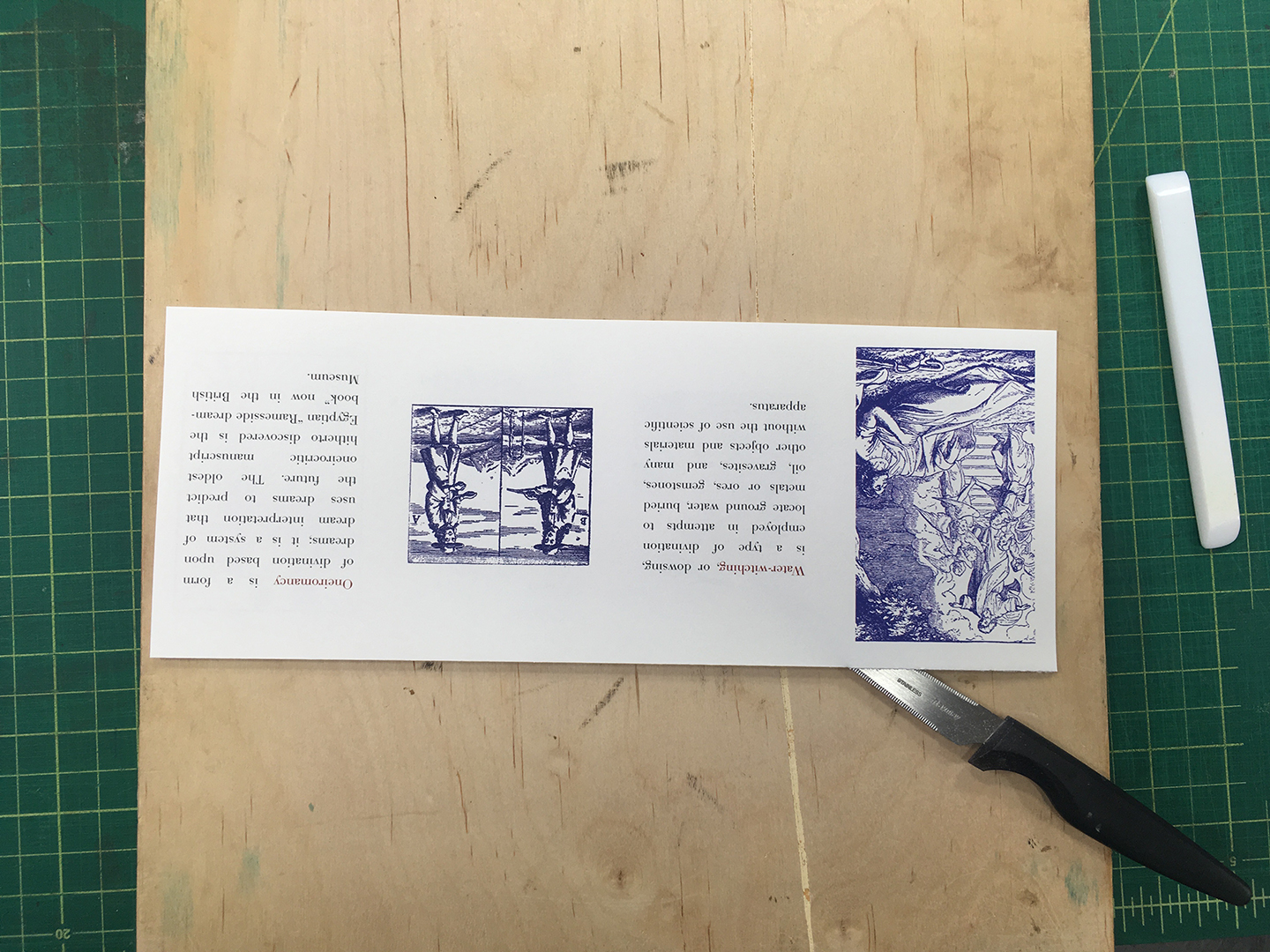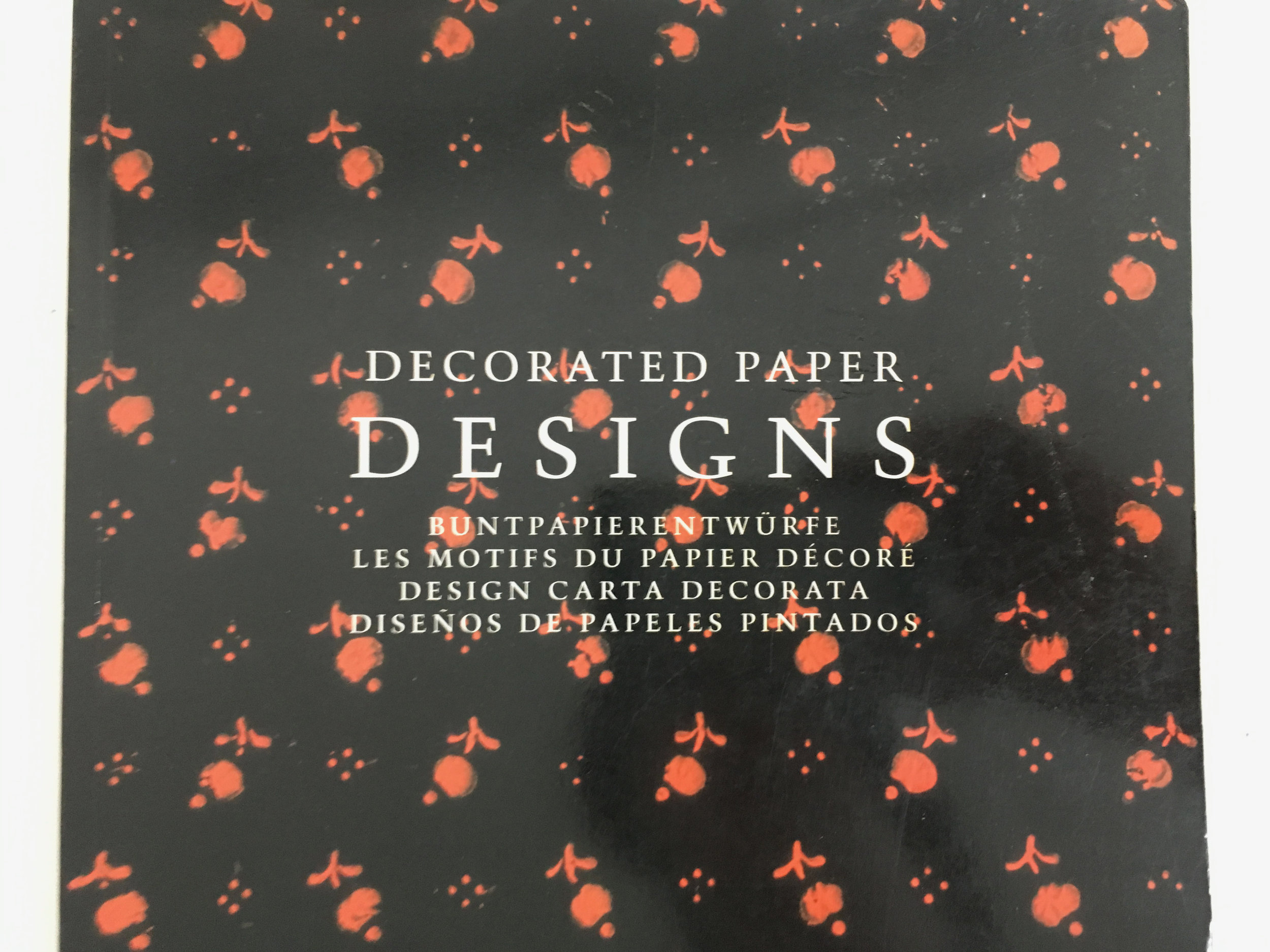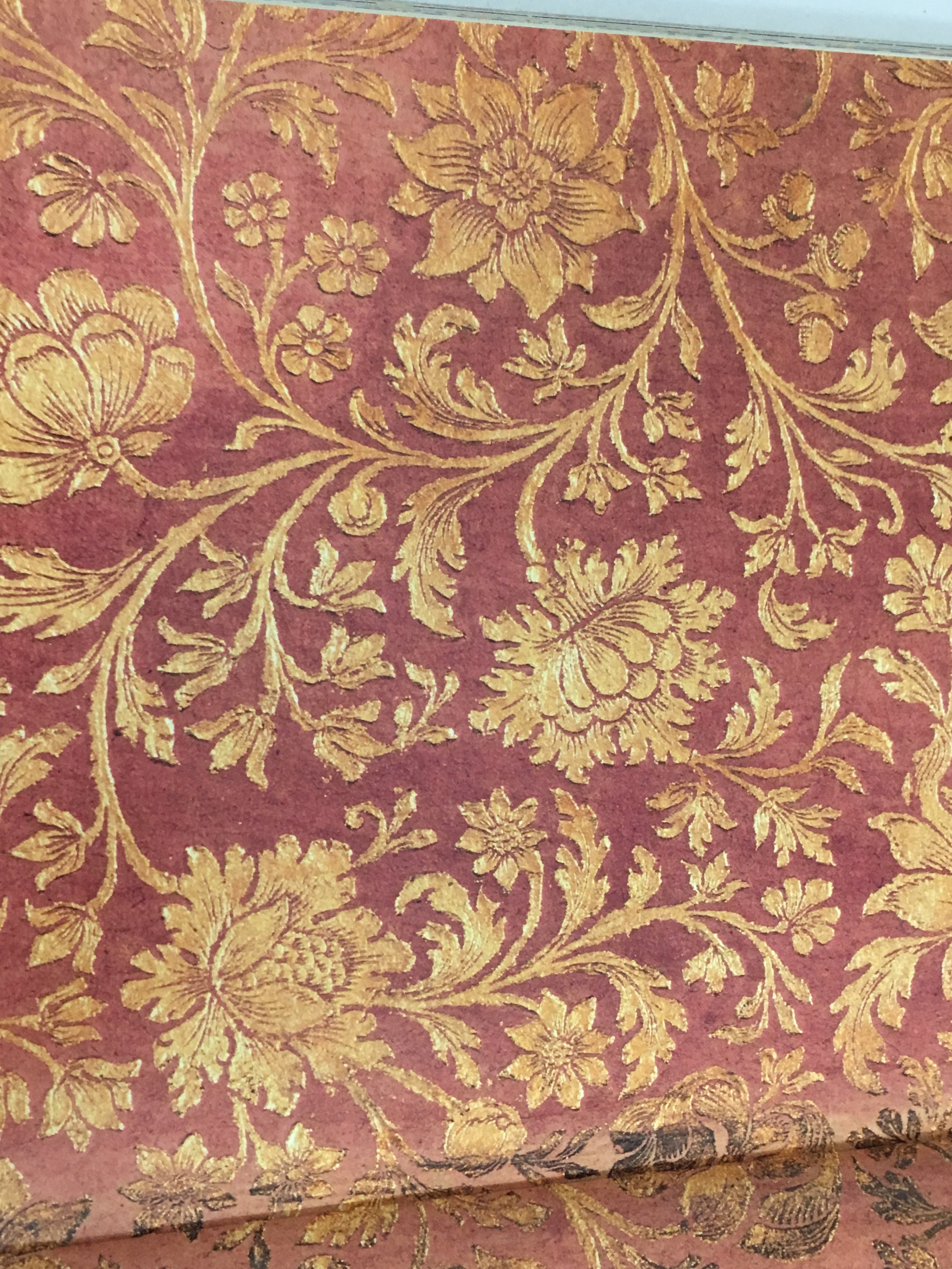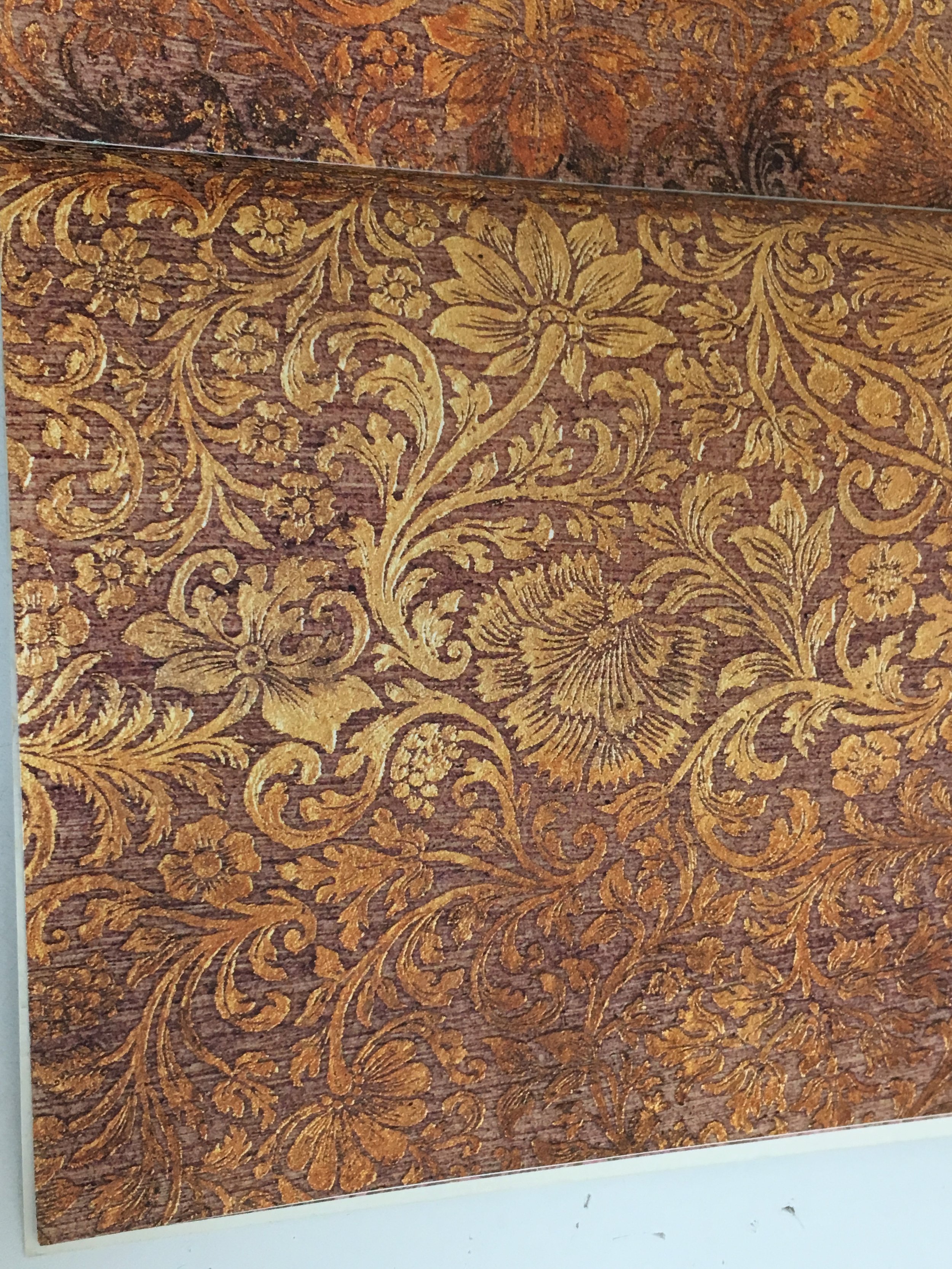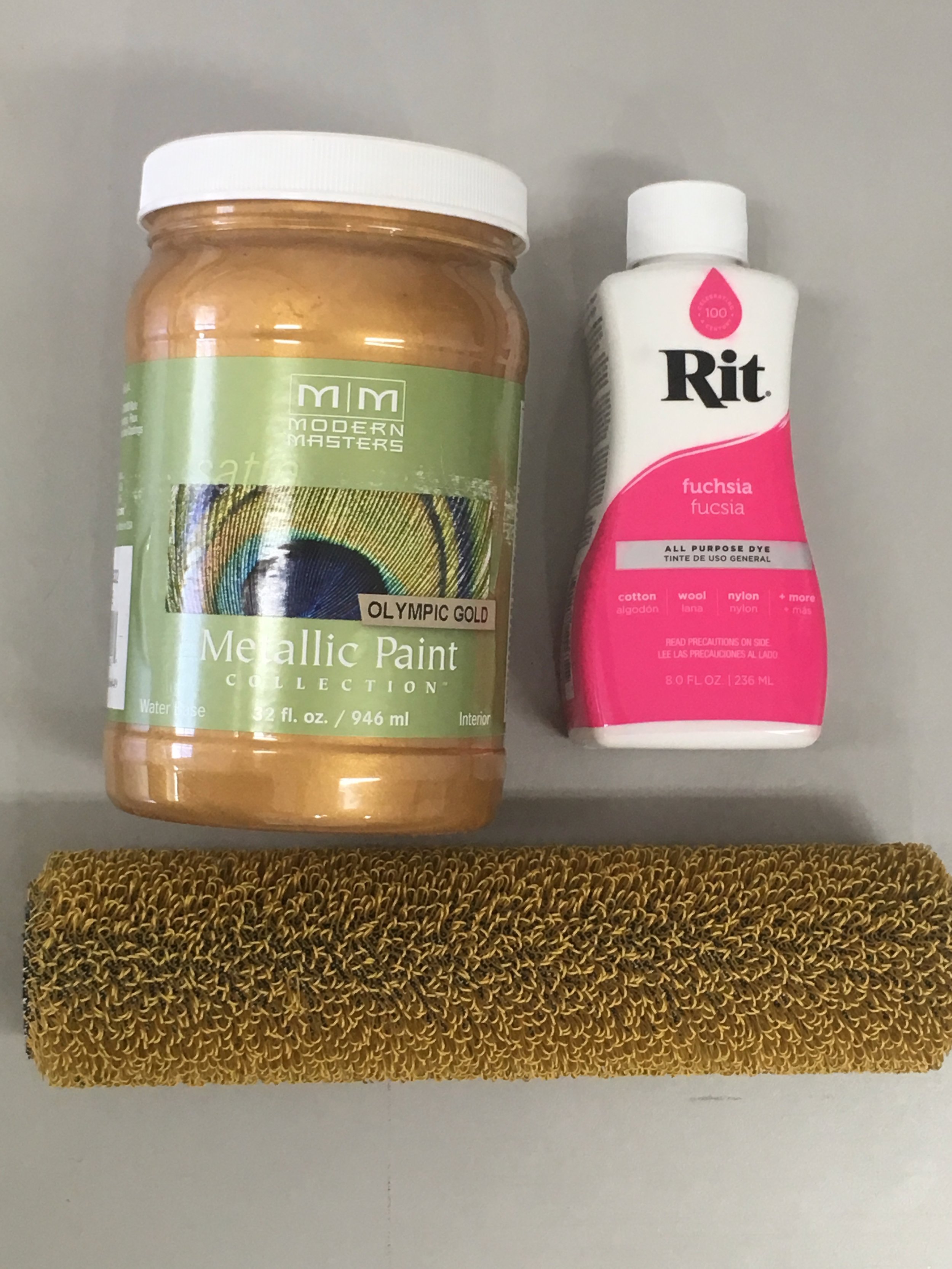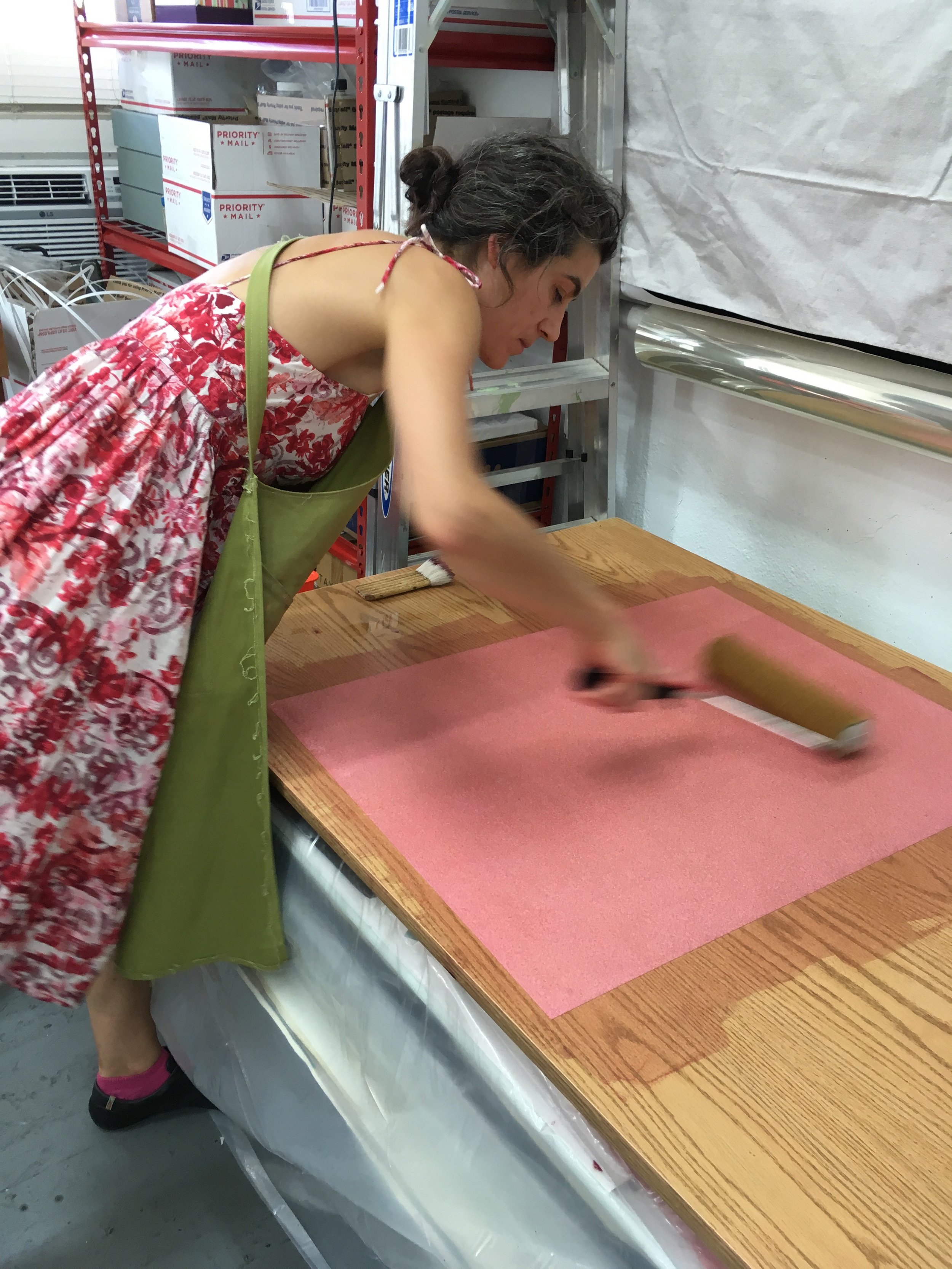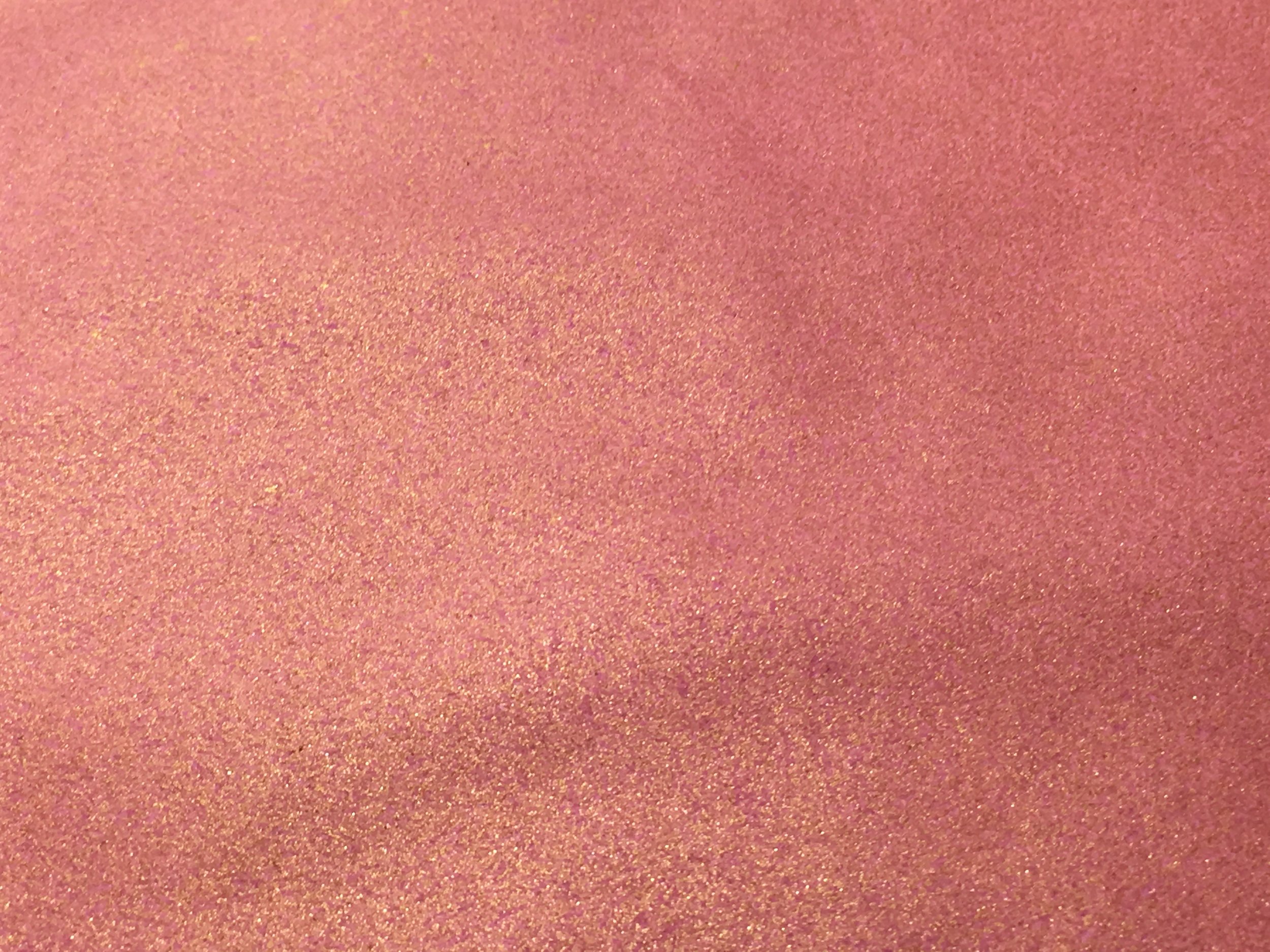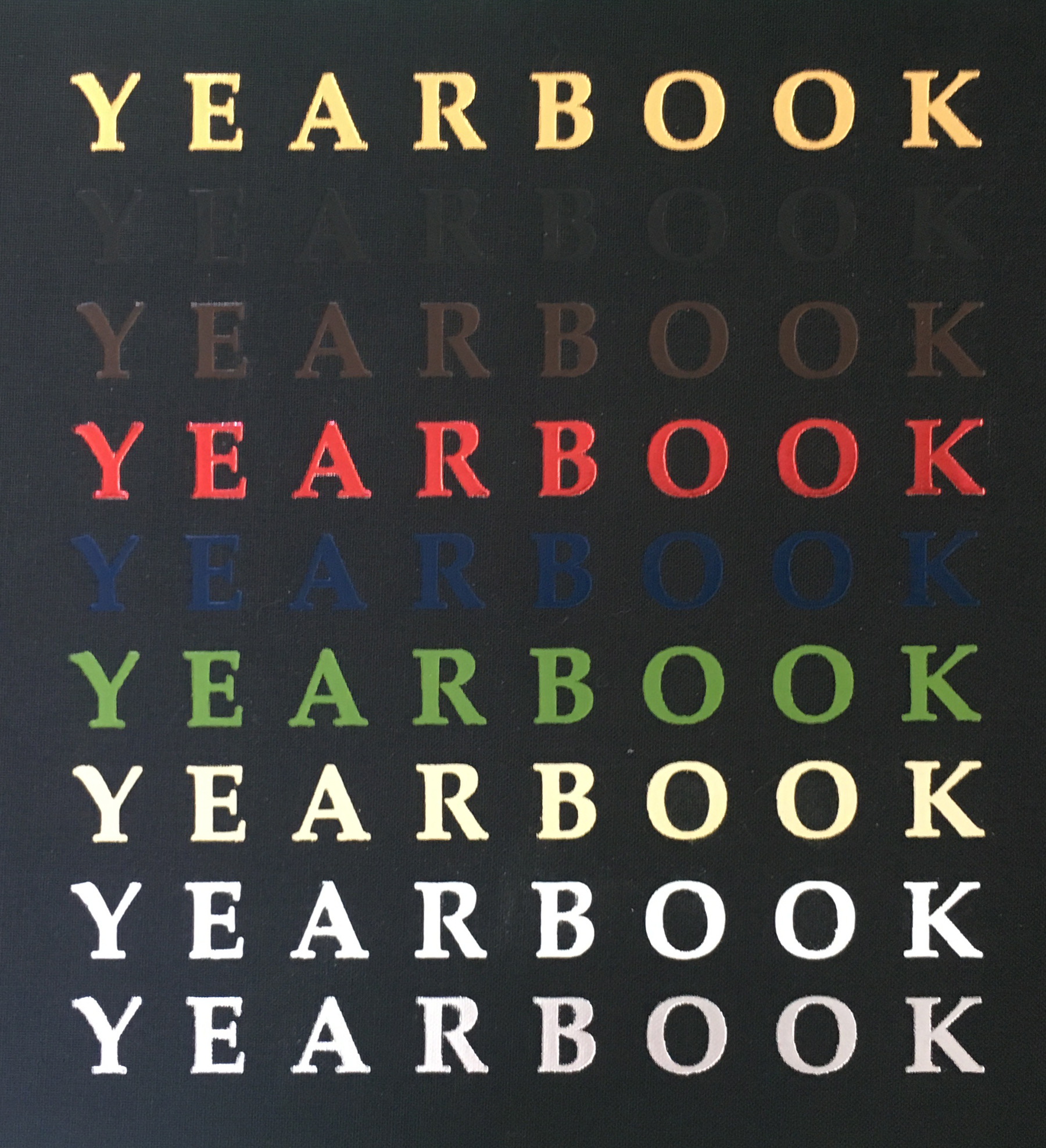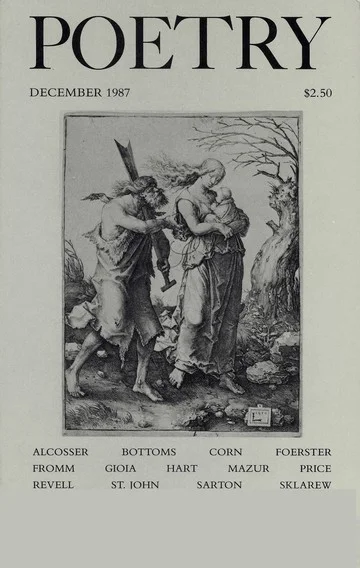experiments in fur and molded leather
Stephanie Gibbs
In ongoing research and development news, the studio has been experimenting with a range of new materials for custom bookbinding. The most recent materials that are being worked with are real and artificial furs; and molded leather.
Artificial fur needs to be backed, and then treated like bookcloth.
Real fur requires additional stretching, consolidating, and shaping, but can then be mostly treated like leather. Skins from several different tanneries have been tested.
Both model bindings have inset eyes; the real fur binding uses garment and fur-working textile techniques to incorporate a leather nose, suede-lined fur ears, and a sewn tail. The artificial fur binding has silver color on the outside of textblock.
In the test bindings, an underlayer of a paper-case cover has then subsequently been covered with real or artificial fur, which has been trimmed along the edges. Owing to the woven nature of the artificial fur, and the growth direction of the natural fur, experiments with turn-ins and edge finishing will be undertaken to examine possibilities for finished edges. Several experiments have resulted in a surface treatment that allows both types of material to take foil stamping.
For the molded leather test, papier mâché has been formed using Japanese paper and wheat starch paste, working over a core of hemp cord. The eye recesses have been established, and the leather worked over the shapes and allowed to dry. Further experiments with using tooling to create texture are next…






